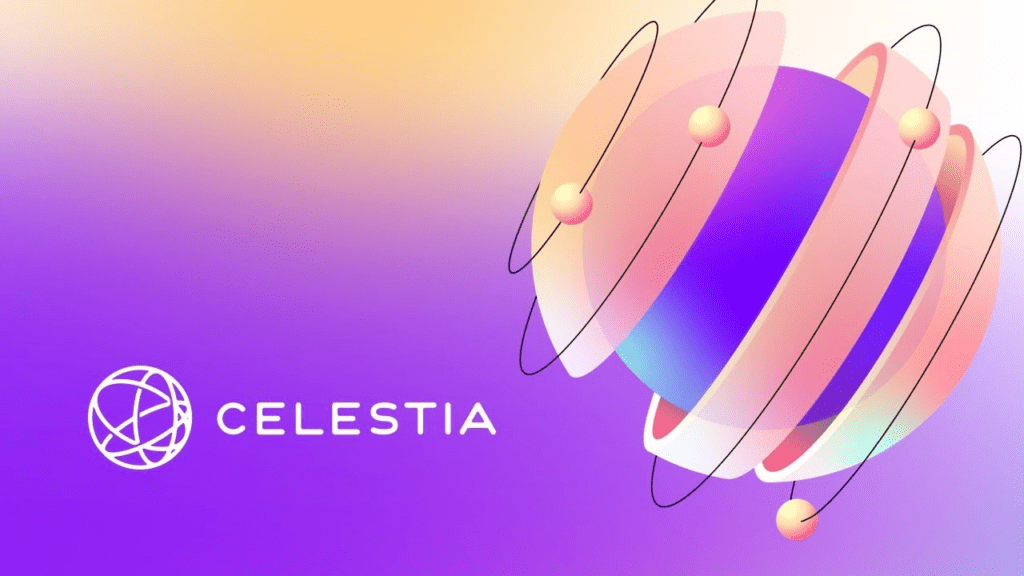
Staking TIA on native platforms is yielding between 15% to 17%, minus fees, to users, boosting demand for the cryptocurrency.
Celestia’s TIA token gained over 22% in the past 24 hours, bucking the muted broader market trend, as investor interest in staking TIA gained momentum alongside rising hype for the blockchain’s underlying technology.
TIA traded at just under $17 in the early Asian morning hours Friday before giving back some gains. It recorded nearly $800 million in trading volumes in the past 24 hours, its highest to date, data from CoinGecko shows.
Staking involves locking coins in a cryptocurrency network in return for rewards. Doing so with TIA on native platforms yields between 15% to 17% annually, minus fees, to users. The unusually high yield compared to the so-called U.S. risk-free rate of 4% offered by the U.S. 10-year Treasury note seems to be drawing demand for the cryptocurrency. As of Friday, the market capitalization of TIA is just under $2 billion – meaning as valuations likely grow further in a bull market, participants could make money from both the inflated value of rewards and the initial staked capital.
There are also expectations of future airdrops to stakers from projects building on the Celestia blockchain.
Earlier this week, multi-layer blockchain protocol Dymension airdropped its DYM tokens to a range of market participants, including TIA stakers. In a bull market, the possible outsized valuations of airdropped tokens means participants sit on large gains simply by staking TIA – which is likely boosting its current appeal.
Airdrops refer to the unsolicited distribution of tokens to blockchain users, usually those participating in network-related activities or using native applications.
“Modular Era”
The so-termed modular blockchain Celestia rolled out its mainnet beta in October and issued TIA tokens to an estimated 580,000 users. Initial trading started at around $2.30 on exchanges such as Binance and OKX.
Modular blockchains are designed to solve scalability issues by using specific channels for speed and execution, unlike monolithic blockchains, which can scale only at the expense of decentralization or security.
Celestia also uses data availability sampling (DAS), a way of verifying all data that is available on a blockchain. The combination is said to help increase the speed at which data is transferred.
“It’s the start of a new era,” the Celestia Foundation, which supports development on the network, wrote in a blog post at the time. “The modular era.”
The term has since gained hype – almost as a meme – in crypto circles. “The future is modular,” several posts on X from the past 24 hours say.
Such narratives are paramount in the crypto market and often drive massive gains for early investors.
In November, a memecoin-led frenzy on the Solana and Avalanche blockchains yielded hundreds of thousands in gains for part-time traders, while the Metis network saw inflows of over $50 million in the past weeks as an upcoming grant created hype among users.
Related
Source: Vietnam Insider
